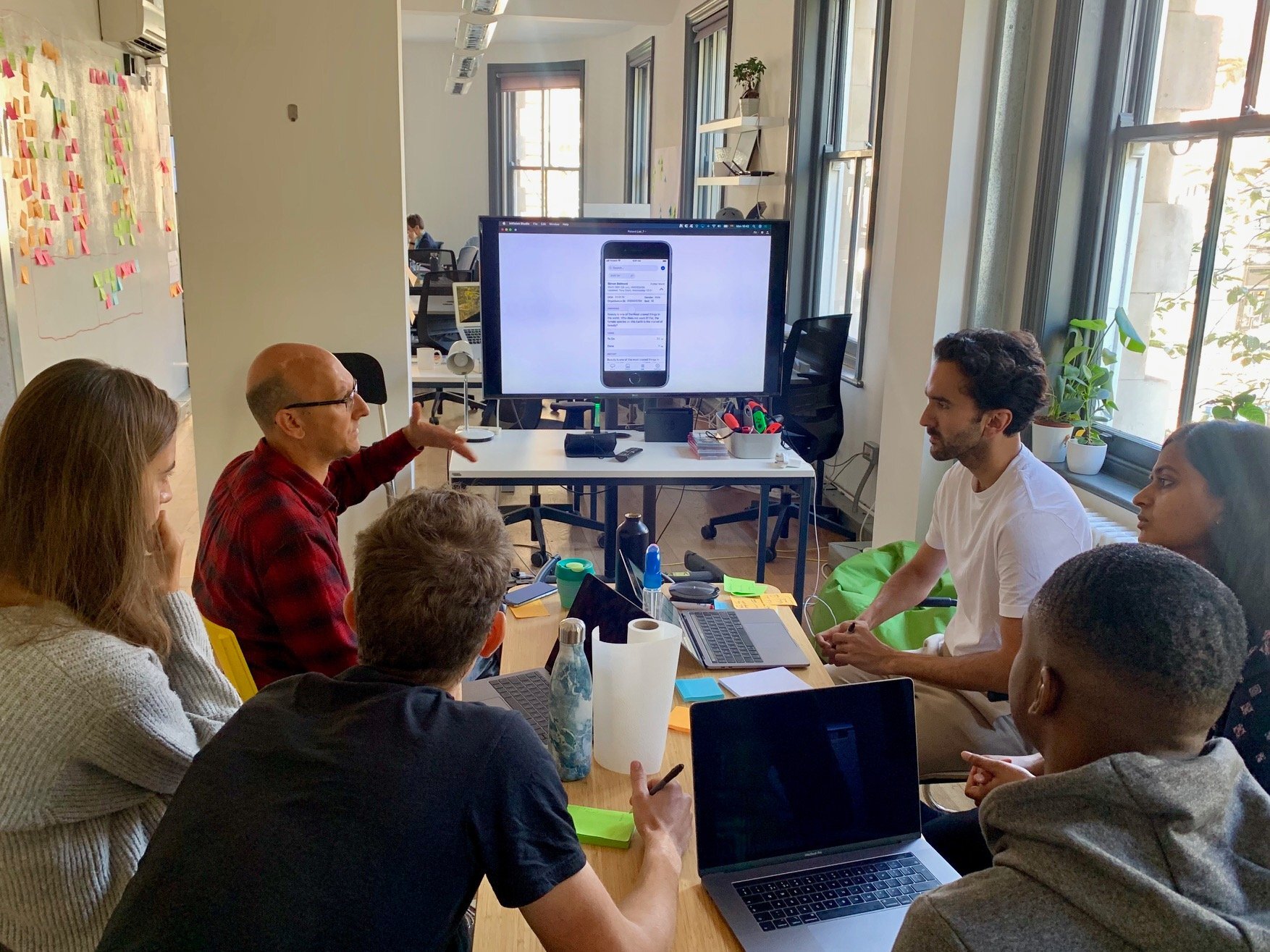Introduction
Forward
Since I joined Forward the redesign of the app has been the main goal of the cross-functional team. Looking back over the past ten months it was a very exciting process and I want to share it with you from a Product Design perspective. Too much has happened in the year to cover in complete detail so here is a short summary.
what is forward?
Forward is a secure messaging app for nurses and doctors. It empowers healthcare professionals to communicate and collaborate effectively. It was created because social messaging apps are not designed for clinicians, and pagers, faxes and bleeps have most certainly seen their day.
Today, Forward offers more than just secure messaging, because we listen to clinicians and make their problems the centre of what we do. We have built a number of key features to keep teams on the go and where they need to be.
First Stage: Analyze the symptoms
After the promotional paragraph, let’s go straight to the point. The first time I looked into the functionality of the app, to be honest, There was a lot I didn’t understand. There was chaos full of good intentions: three state toggles, buttons that nobody understood,... but all of them with a purpose or a goal. That meant someone took some time listening to user problems but maybe they didn’t apply an appropriate solution for those problems.
So, our first challenge was very clear: examine the app, find non-native components and substitute them for native ones. An easy fix that would make the app stronger and more accessible to everyone.
Second Phase: The cost-benefit analysis
Engineers started working on the first improvements of the app adding metrics for the whole app.”If you can’t measure it, it doesn’t exist”. Meanwhile, the product team (product owner, researcher and product designer) started gathering information about the app from our users: we used interviews, testing sessions in hospitals where we could validate our prototypes, feedback tools, social media channels,...
This research let us plan our next steps for the whole year. We collected a large amount of feedback and the next question appeared by itself. How were we going to prioritize user/product/business needs?
Thanks to a priority matrix exercise with the whole team involved we could make the right decision about what was going to be our next steps based on user’s benefit, complexity and business benefit. We created a roadmap full of win-win projects but we didn’t add deadlines. We would build them as fast as we could. No deadlines, no distractions, just our process.
Our learning curve
During this year we made some mistakes too. We learnt a lot from them and we turned them into opportunities to work better together. These are some of them and maybe could help you if your projects:
Communication is key: People don’t work in silos nowadays but sometimes we don’t share our ideas with the rest of the team until they are on an advanced stage of development. Sharing our thoughts with the rest of the team at every stage has been definitely a great success factor. Sometimes it’s painful but it worth it.
Plan it, plan it and plan it again: If we didn’t start planning the year properly, we would have been “running like a chicken without a head” as in my country people say. Don’t worry about taking too much time planning a project because this could save you more lot of time in the future.
Involve the right people in the right project: We failed once by not inviting the right member of the team to explain a user problem, and when we explained it to the rest of the team they understood something completely different. Sometimes it’s the opposite. You invite someone to a project in an advanced stage of development, that person doesn’t know anything about the project and it can become a disaster.
It looks like we are going to be full of new challenges next year and we couldn’t be more excited about it. I hope this could be useful for your projects and thank you for your time reading it.









